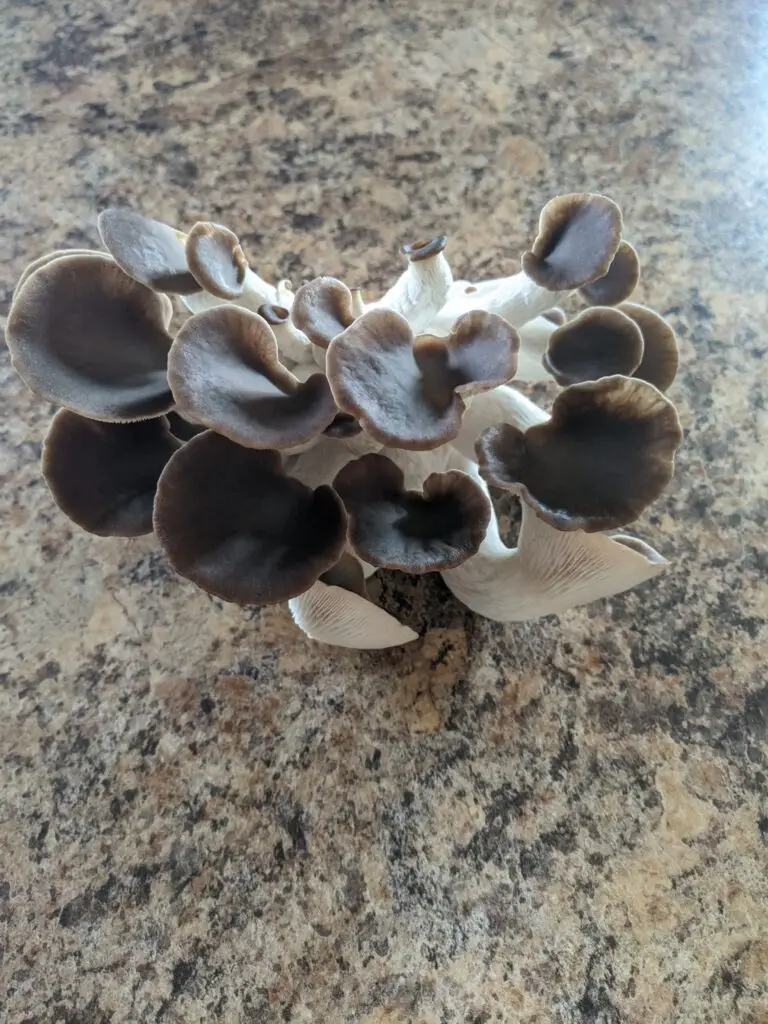
Phoenix Oyster Mushroom: A Complete Guide to the 10cc Liquid Culture Syringe
If you’re passionate about gourmet mushrooms or just starting your
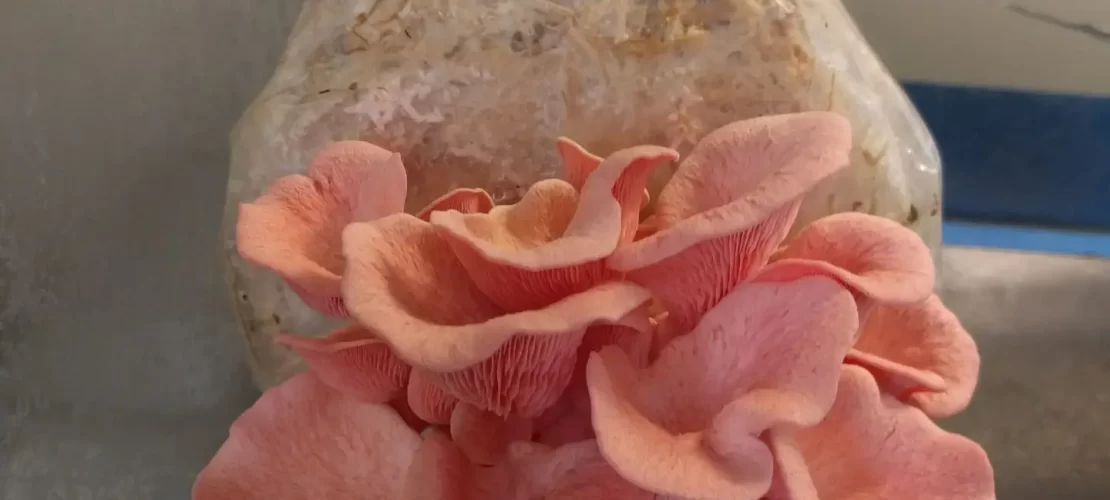
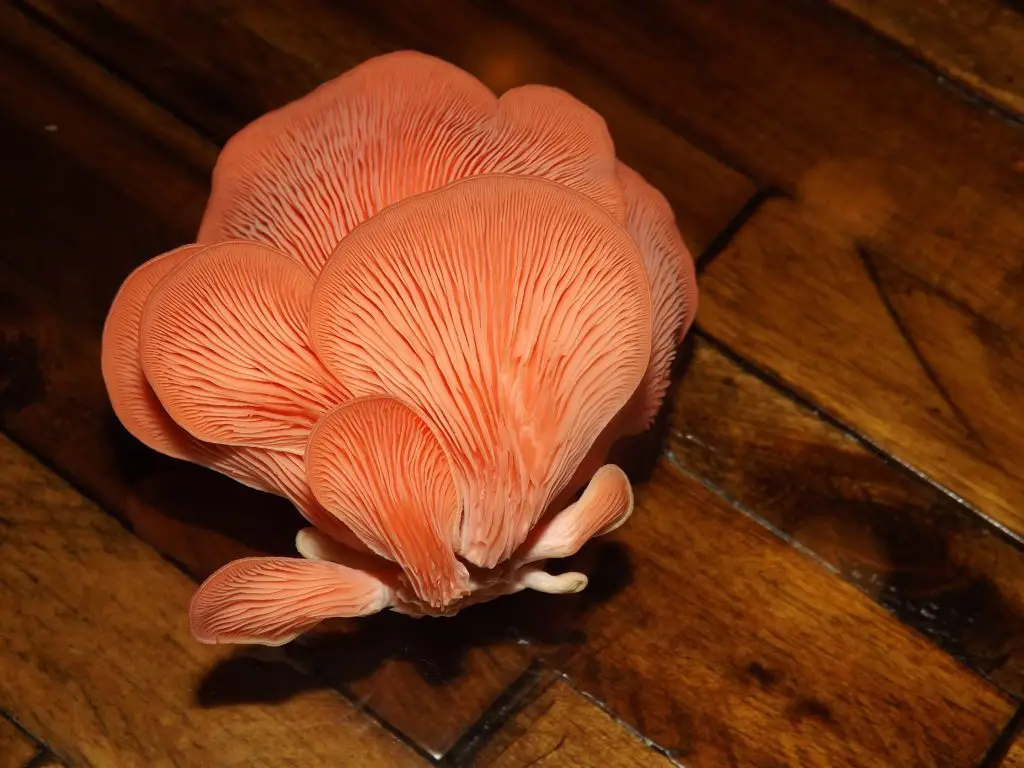
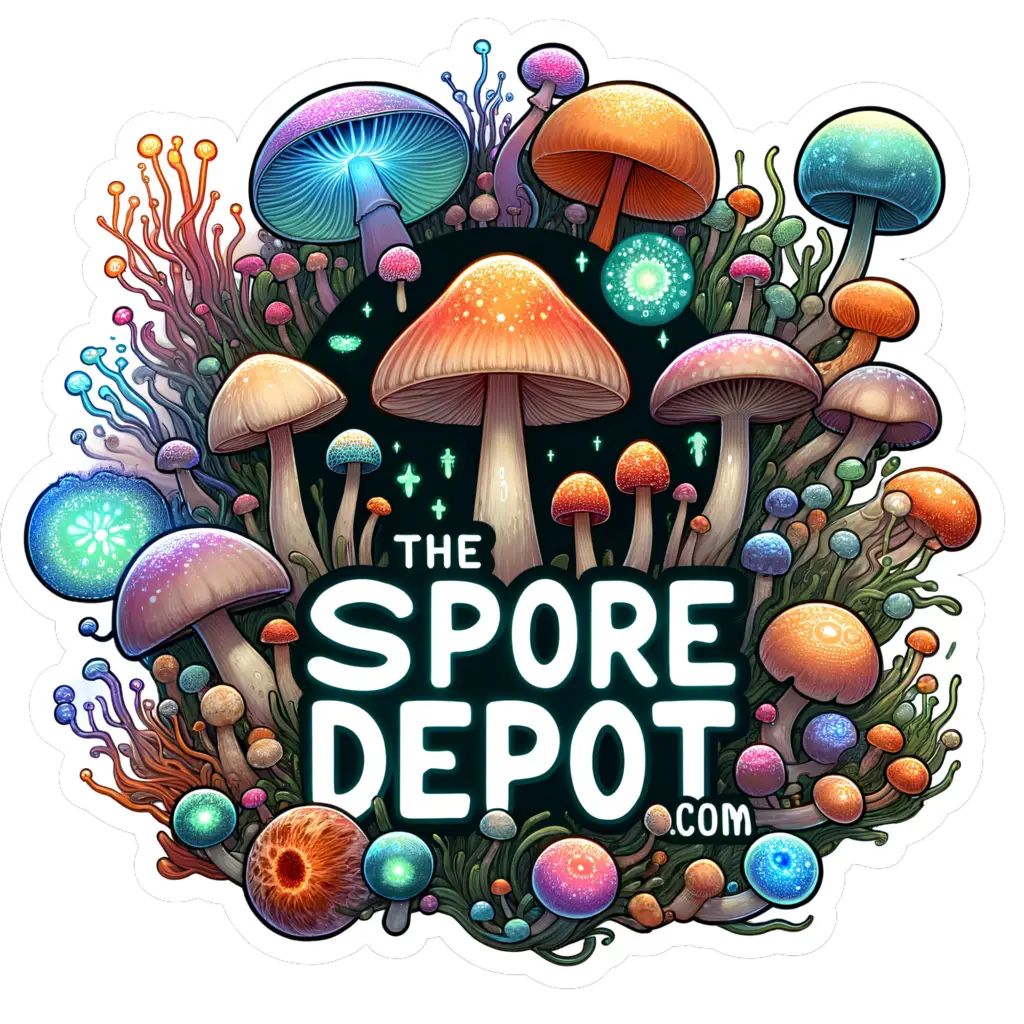
Mushrooms have captivated the interest of chefs, gardeners, and scientists alike for their incredible versatility and unique biological traits. Among the many fascinating varieties, Pleurotus djamor, commonly known as the Pink Oyster mushroom, stands out with its striking color, rapid growth, and culinary appeal. This blog delves into everything you need to know about Pleurotus djamor, from its unique characteristics and benefits to how to grow it successfully at home.
The Pink Oyster mushroom, is a member of the Pleurotus genus, a group of fungi widely cultivated and consumed around the world. Native to tropical and subtropical regions, this vibrant mushroom is known for its beautiful pink coloration, delicate texture, and slightly sweet flavor. Unlike its more subdued relatives, such as the gray or white Oyster Mushroom, Pleurotus djamor adds a splash of color to both the kitchen and the garden.
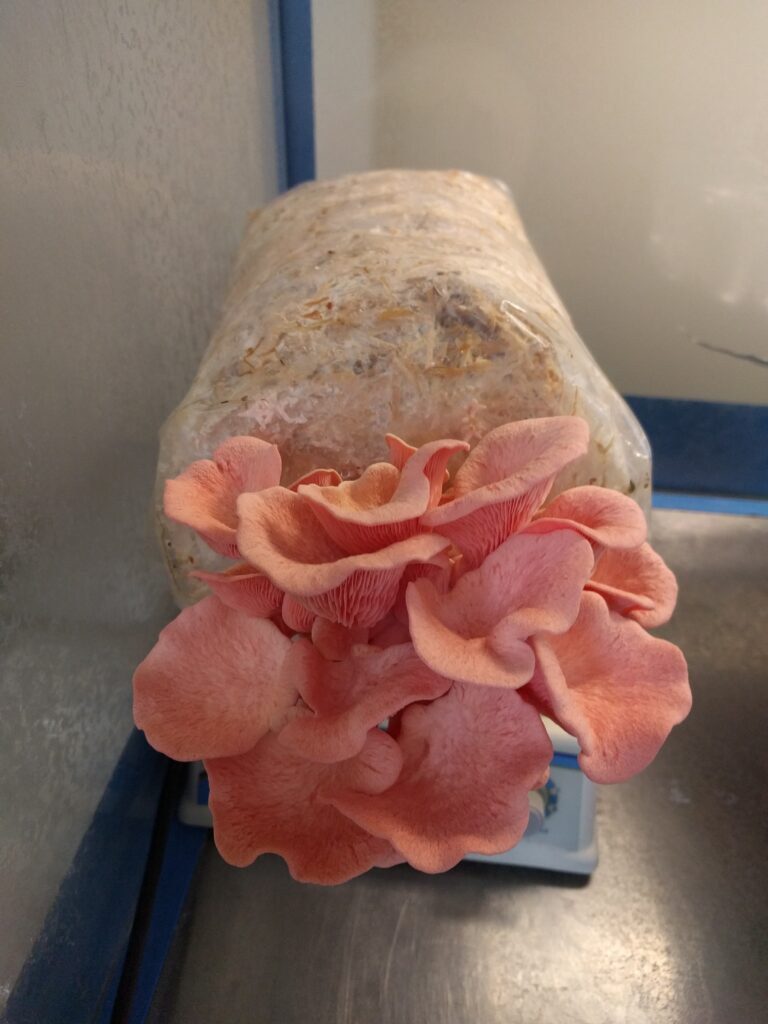
The most obvious feature of Pleurotus djamor is its vibrant pink hue. The mushroom starts with a deep coral-pink color when young, which can fade to a lighter shade as it matures. Its ruffled, fan-shaped caps make it a visual delight.
Pink Oyster mushrooms are among the fastest-growing varieties in the Pleurotus genus. Under optimal conditions, they can colonize their substrate and produce their first flush of mushrooms in as little as two weeks.
Unlike many other fungi, Pleurotus djamor thrives in warm climates, making it an excellent choice for growers in tropical or subtropical areas. It prefers temperatures between 20°C and 30°C (68°F and 86°F), although it can tolerate slightly higher or lower conditions.
While visually stunning, the Pink Oyster mushroom has a shorter shelf life than other Oyster Mushroom varieties. It should be consumed or processed shortly after harvest to retain its flavor and texture.
Like other members of the Pleurotus genus, Pleurotus djamor is rich in nutrients and offers several health benefits:
The delicate flavor and striking appearance of Pink Oyster mushrooms make them a favorite among chefs and home cooks. They are slightly sweet, with a tender texture that works well in various dishes:
Pleurotus djamor can grow on a variety of substrates, including:
Use a high-quality Pink Oyster mushroom spawn or liquid culture to inoculate the prepared substrate. Ensure the substrate is pasteurized to minimize contamination.
Pink Oysters thrive in warm and humid environments. Aim for:
Harvest Pleurotus djamor when the caps are fully developed but before they start to curl. Use a sharp knife to cut them at the base to avoid damaging the mycelium.
Growing Pleurotus djamor is not just a culinary adventure; it’s also an eco-friendly practice:
While Pleurotus djamor is relatively easy to cultivate, there are some challenges:
If you’re eager to try Pink Oyster mushrooms, you can find them at:
Pleurotus djamor, the Pink Oyster mushroom, is more than just a pretty fungus. With its rapid growth, culinary versatility, and environmental benefits, it’s a remarkable addition to any mushroom lover’s repertoire. Whether you’re a gardener looking for a sustainable project or a chef seeking to elevate your dishes, Pink Oysters offer endless possibilities.
By cultivating this vibrant mushroom, you’re not only enjoying a delicious and nutritious food source but also contributing to sustainable and eco-friendly practices. Dive into the world of Pleurotus djamor and discover why it’s one of the most beloved Oyster Mushroom varieties today.

If you’re passionate about gourmet mushrooms or just starting your
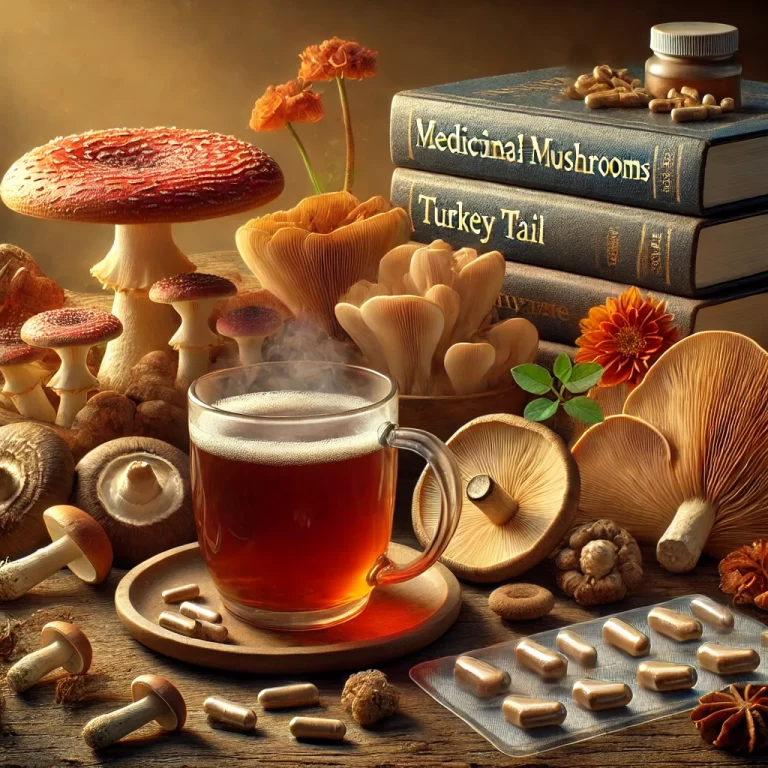
Mushrooms have long been revered in traditional medicine, but modern
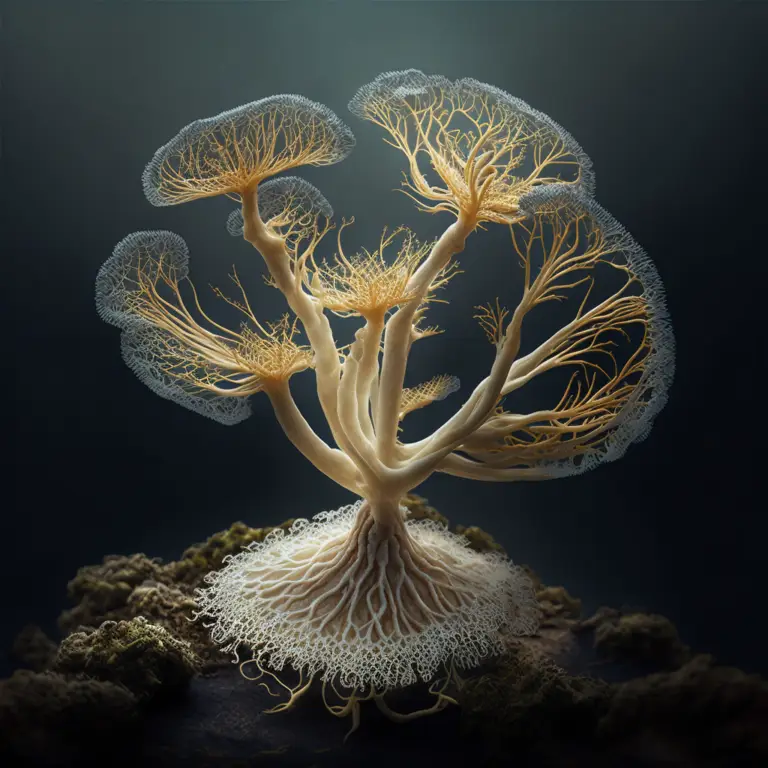
When most people think of mushrooms, they imagine small fungi
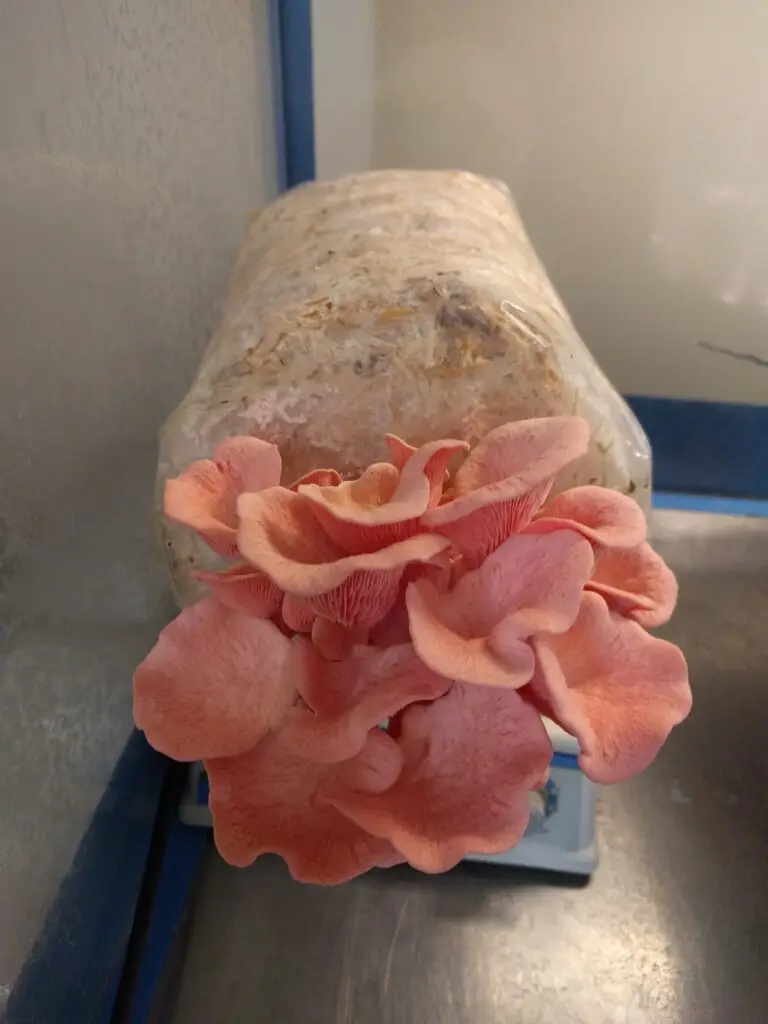
Mushrooms are more than just fascinating organisms that sprout from

Stay updated with our newsletter for exclusive offers, insights, and the latest in psilocybe cubensis research.

At The Spore Depot, we are dedicated to providing the highest quality psilocybe cubensis mushroom spores for research purposes. With an extensive selection of mushroom spores, our products meet the strictest quality standards, ensuring they are prepared under sterile conditions for optimal results. Whether you’re working with a spore syringe or creating a spore print for detailed analysis, we are committed to supporting your journey into the microscopic world.
Our exceptional contact customer service is here to assist you every step of the way, making sure your experience with psilocybe cubensis spores is both rewarding and insightful. At The Spore Depot, your satisfaction is our top priority as you explore the fascinating world of fungi.